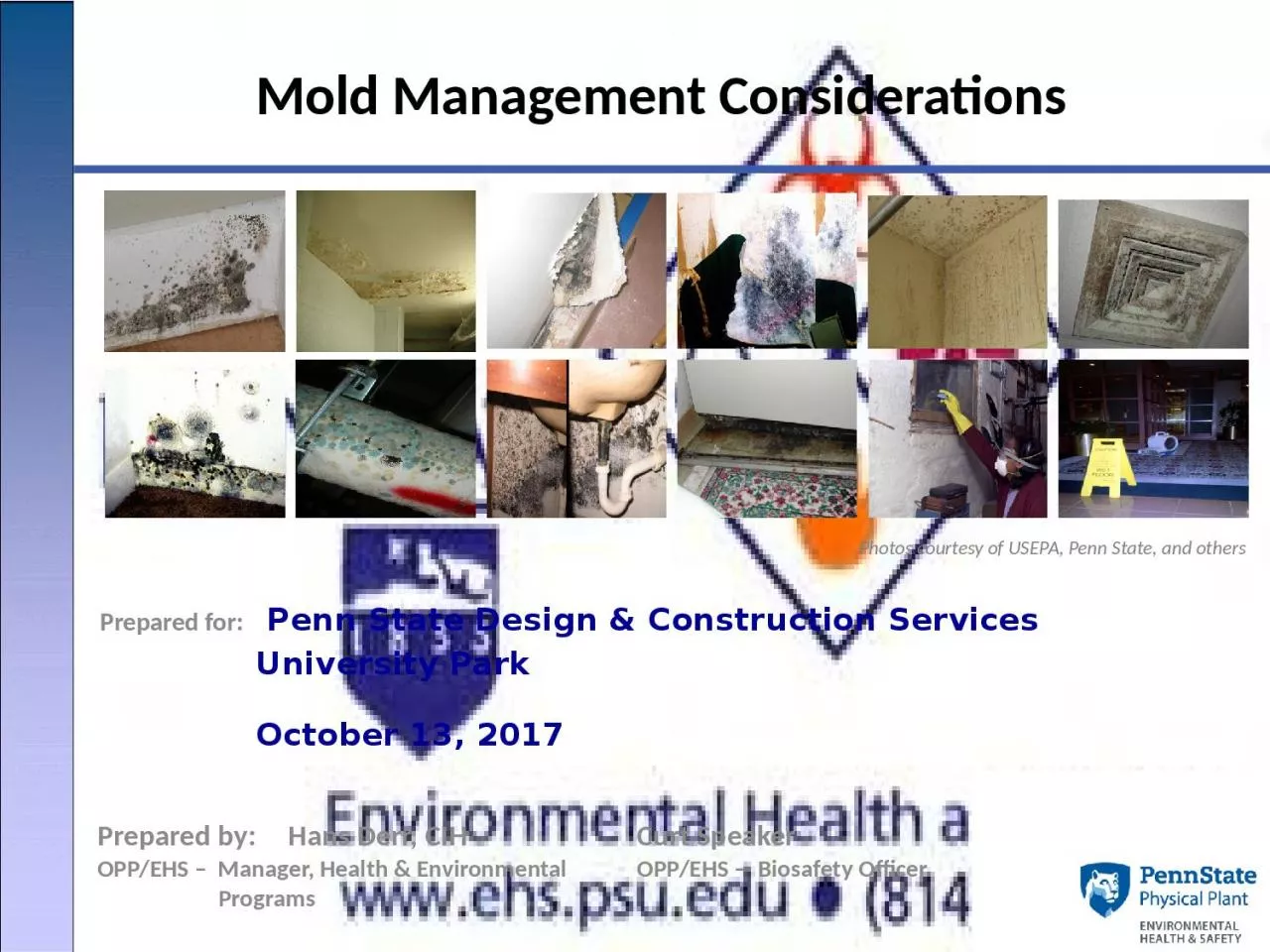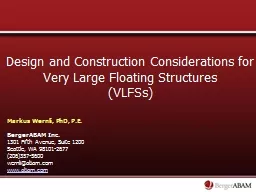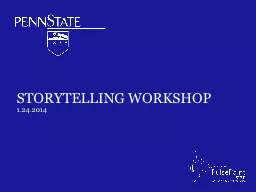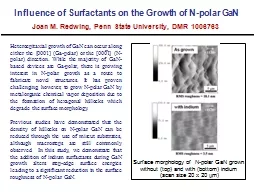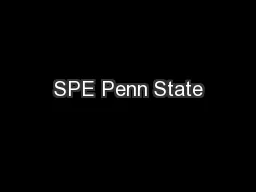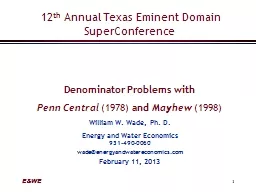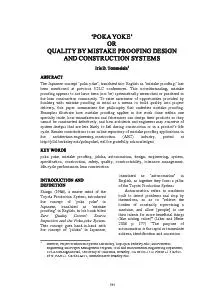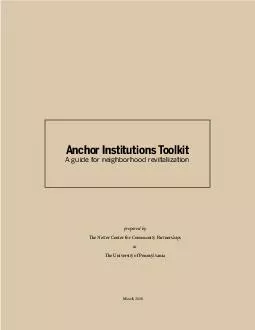PPT-Prepared for: Penn State Design & Construction Services
Author : hailey | Published Date : 2022-06-18
University Park October 13 2017 Mold Management Considerations Prepared by Hans Derr CIH OPPEHS Manager Health amp Environmental Programs
Presentation Embed Code
Download Presentation
Download Presentation The PPT/PDF document "Prepared for: Penn State Design &..." is the property of its rightful owner. Permission is granted to download and print the materials on this website for personal, non-commercial use only, and to display it on your personal computer provided you do not modify the materials and that you retain all copyright notices contained in the materials. By downloading content from our website, you accept the terms of this agreement.
Prepared for: Penn State Design & Construction Services: Transcript
Download Rules Of Document
"Prepared for: Penn State Design & Construction Services"The content belongs to its owner. You may download and print it for personal use, without modification, and keep all copyright notices. By downloading, you agree to these terms.
Related Documents

